Oh, for a life outdoors! Education and careers in forestry
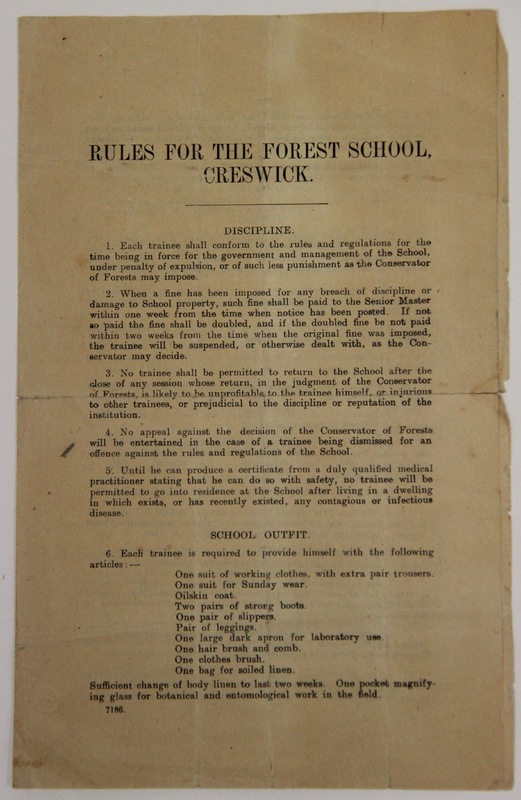
Rules for the Forest School, Creswick, 1910
Paper document with printed ink
Victorian School of Forestry
Creswick Campus Historical Collection, University of Melbourne
Cat. no. 1449
The Victorian School of Forestry’s rules were drafted during the period from 1910 to 1919 to cover student life at the School.
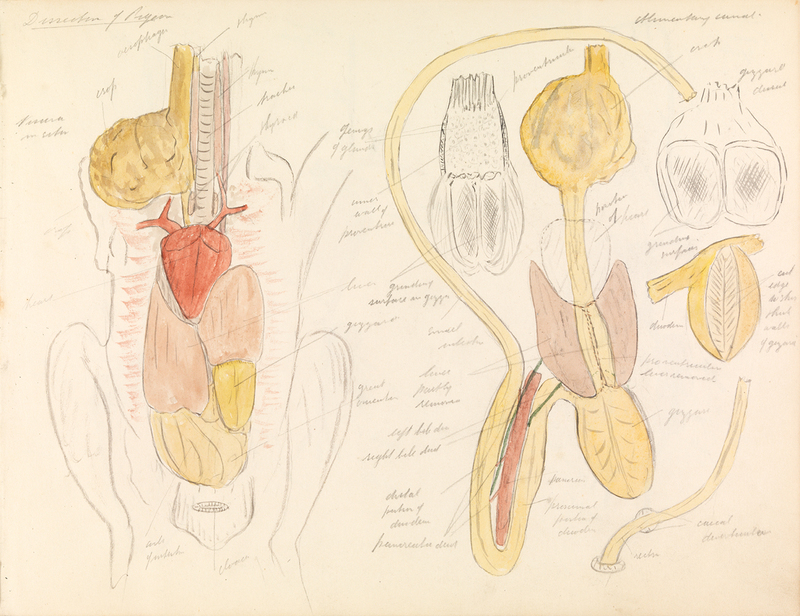
Sketch books of flora and fauna, c.1940s
Edwin Semmens
Sketch book paper with various media
Victorian School of Forestry
Creswick Campus Historical Collection, University of Melbourne
Cat. no. 1014
Edwin James Semmens, a renowned botanist, commenced as principal of the Victorian School of Forestry in 1927. His leadership, lasting until 1952, was pivotal in developing the high educational standards of the School and raising the quality of graduates who went on to have careers as foresters and research scientists.

Initiation Summons, 1920
Dorm No. 5, Victorian College of Forestry
Handwritten notice with skull and crossbones drawing
Words and drawing by Cyril Niven
Creswick Campus Historical Collection, University of Melbourne
Cat. no. 1418
These documents show different sides of campus life with the strict rules and initiation ceremonies creating strong bonds between students. In letters home, students described initiation ceremonies, which involved “no sadistic physical torture” and were a humorous experience tolerated by school staff and townspeople. Students would also navigate the 37 rules by drinking at the local pub and sneaking in contraband, such as cars, wine and firearms.
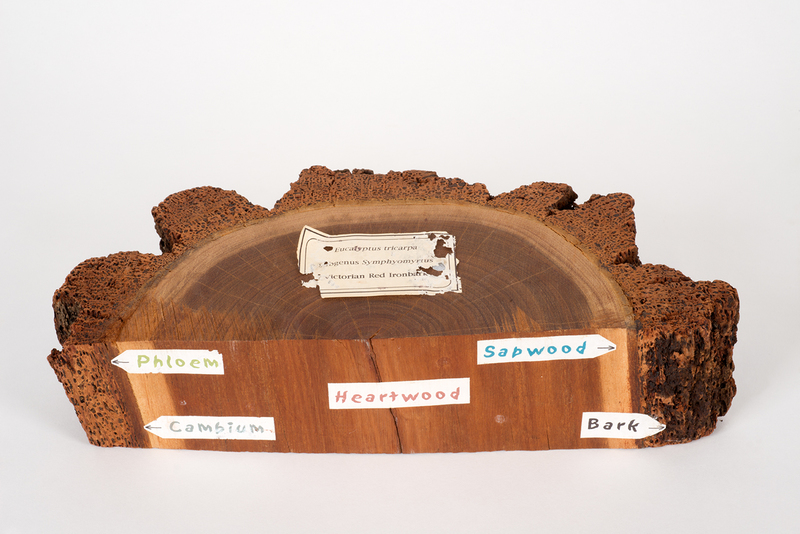
Wood Specimen, year unknown
Eucalyptus tricarpa, Victorian Red Ironbark, half cross-section showing heartwood, sapwood, phloem, cambrium, bark
Victorian School of Forestry
Creswick Campus Historical Collection, University of Melbourne
Cat. no. 1336
This wood sample would have been used by students to identify different elements of timber. While the year is unknown, it would have been used after Principal Carter’s introduction of scientific and theoretical classroom work into the curriculum in the 1920s.
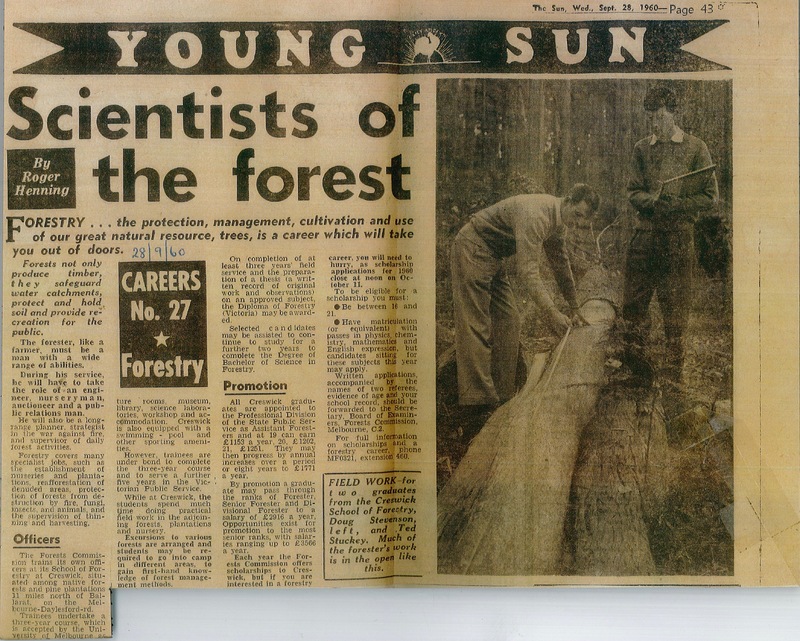
Scientists of the Forest (Sept 28, 1960) & Oh, for a life outdoors! (Sept 15, 1958)
Newspaper cuttings
Various publications
Victorian School of Forestry
Creswick Campus Historical Collection, University of Melbourne
Cat. No. 1457

Forestry as a Career: A Chance for Victorian Lads (13 Jan 1937) & Forestry Holds Fascination as a Career (21 Aug 1956)
Newspaper cuttings
Various publications
Victorian School of Forestry
Creswick Campus Historical Collection, University of Melbourne
Cat. No. 1457
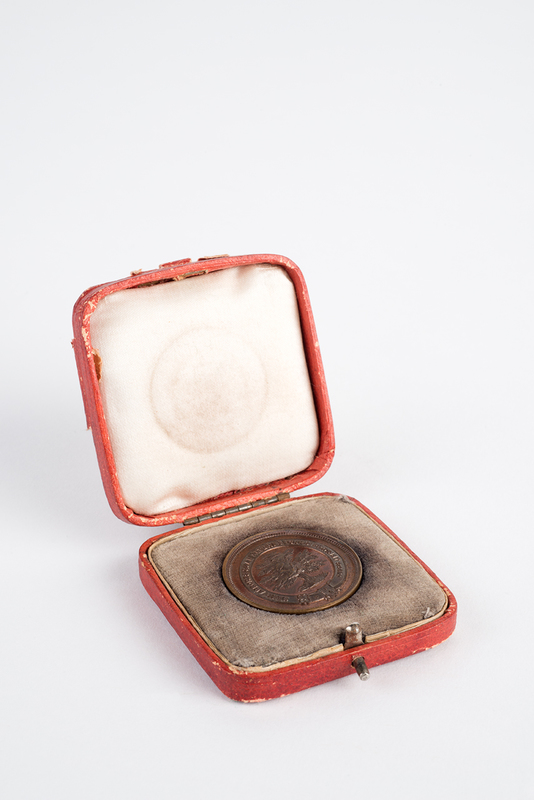
Student achievement medal awarded to M.H. Rowe for an essay on the Estate Nursery, 1918
The Royal English Arboricultural Society
Cast bronze, displayed in square red case lined with blue velvet and white satin
Creswick Campus Historical Collection, University of Melbourne
Cat. no. 1161

Student achievement medal awarded to M.H. Rowe for an essay on the Intermediate Estate, 1918
The Royal English Arboricultural Society
Cast bronze, displayed in square red case lined with blue velvet and white satin
Creswick Campus Historical Collection, University of Melbourne
Cat. no. 1447
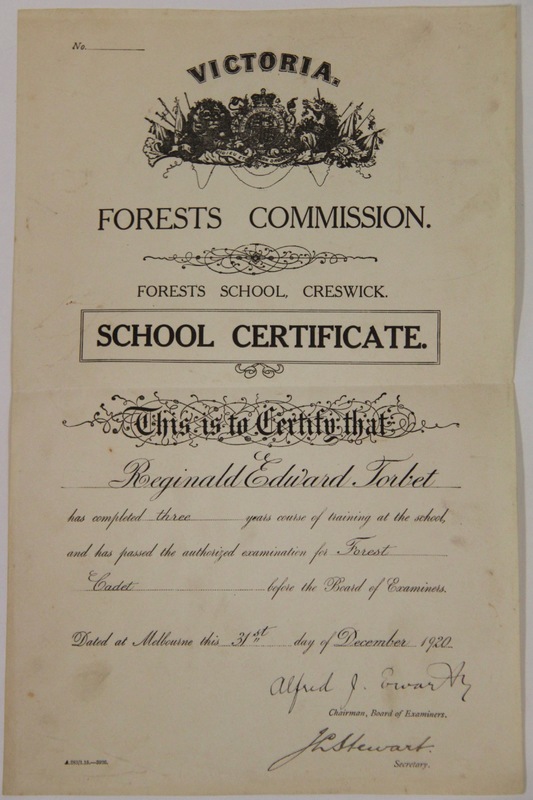
School Certificate awarded to Reginald Torbert, 1920
Forests Commission, Victoria, Australia
Paper document
Creswick Campus Historical Collection, University of Melbourne
Cat no. 1405
To achieve forestry qualifications, students were subjected to long and challenging semesters. Throughout the School’s many changes, the curriculum focussed on geology, chemistry and botany. Principal Charlie Carter (1916-26) was notorious for including odd objects, such as grey human hair or shark teeth in tests in which unsuspecting students tried to identify fungal hyphae or fruiting bodies. Students learnt in and out of the classroom, participating in labour-intensive field work in nearby forests. They were expected to maintain a high level of physical fitness and adhere to a “Spartan diet.” In the 1980s the curriculum shifted toward a focus on conservation and social impact studies.
Many graduates have enjoyed successful forestry careers. Through undertaking compulsory fieldwork and paid vacation work, students gained skills which led to employment on state plantations or entrance into a Bachelor of Science degree at the University of Melbourne. Until the 1970s, graduates worked in a resource-driven forestry industry, supplying timber during the war periods and post-war housing boom. Initially, employment was restricted to Victoria due to the School’s focus on state forestry conditions. However, after 1983 when the School was recognised as a national institute of higher education by the Australian Forestry Council, the curriculum shifted to global forestry practices and consequently national and global employment opportunities increased.